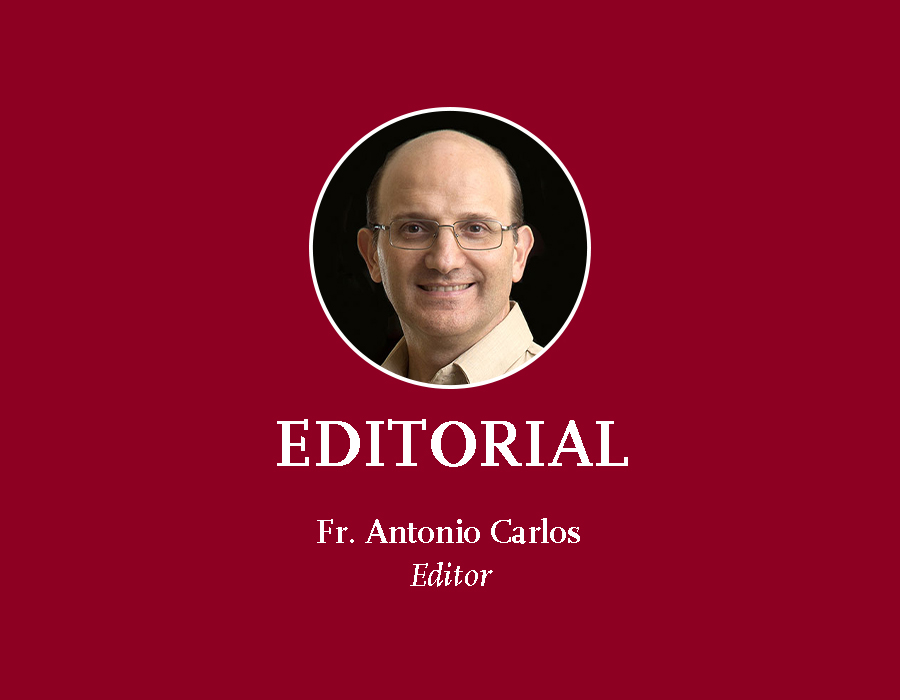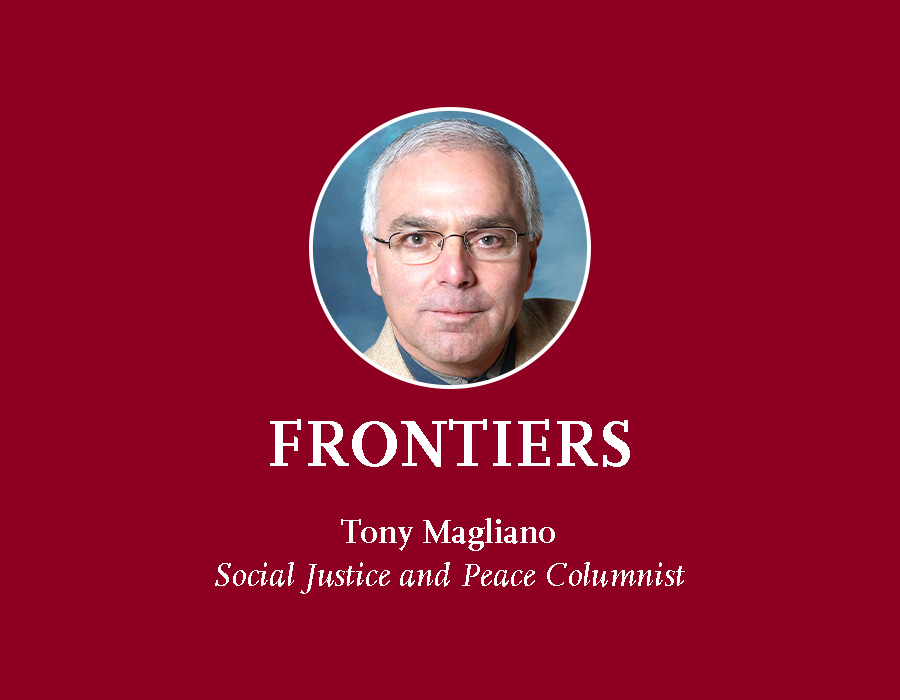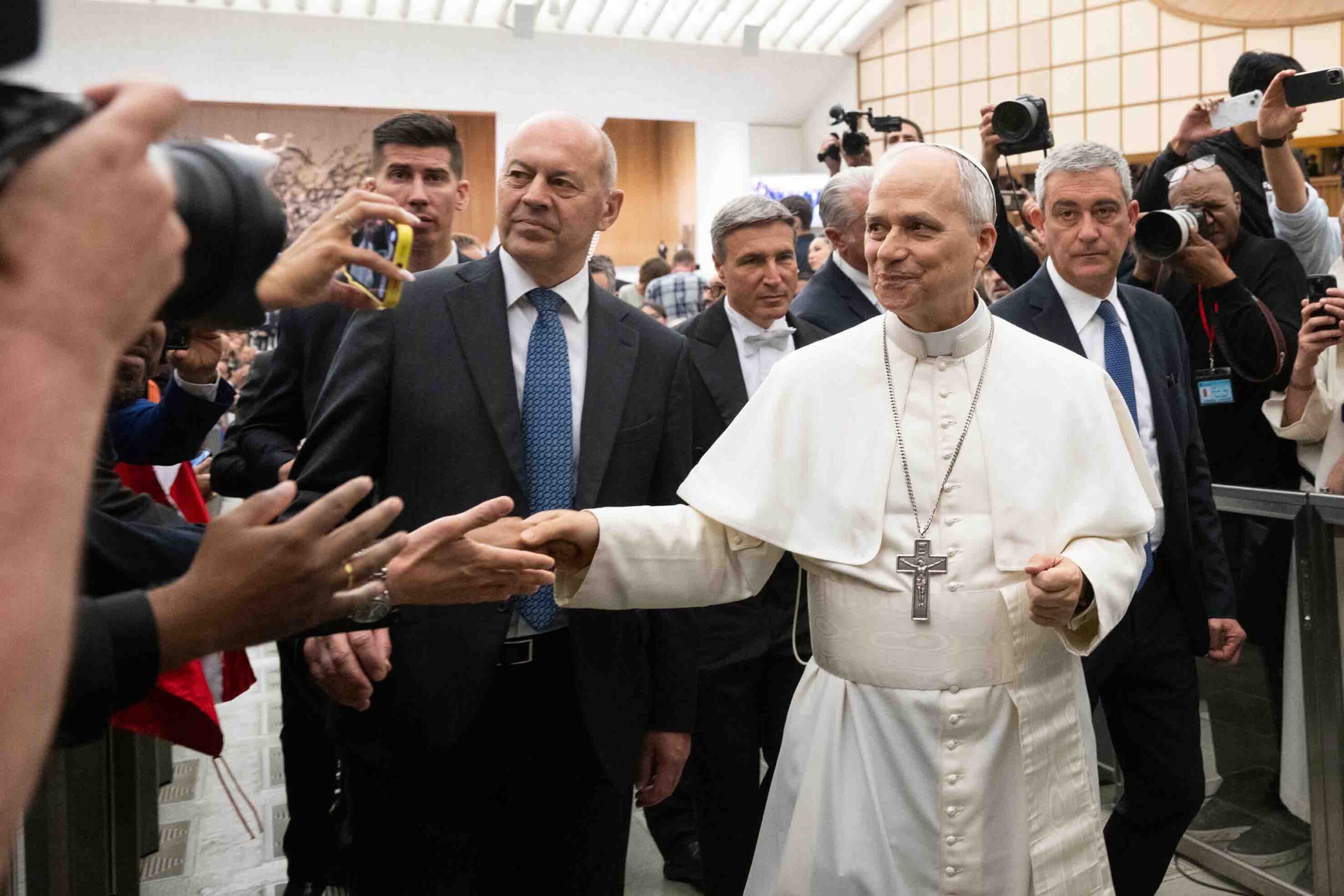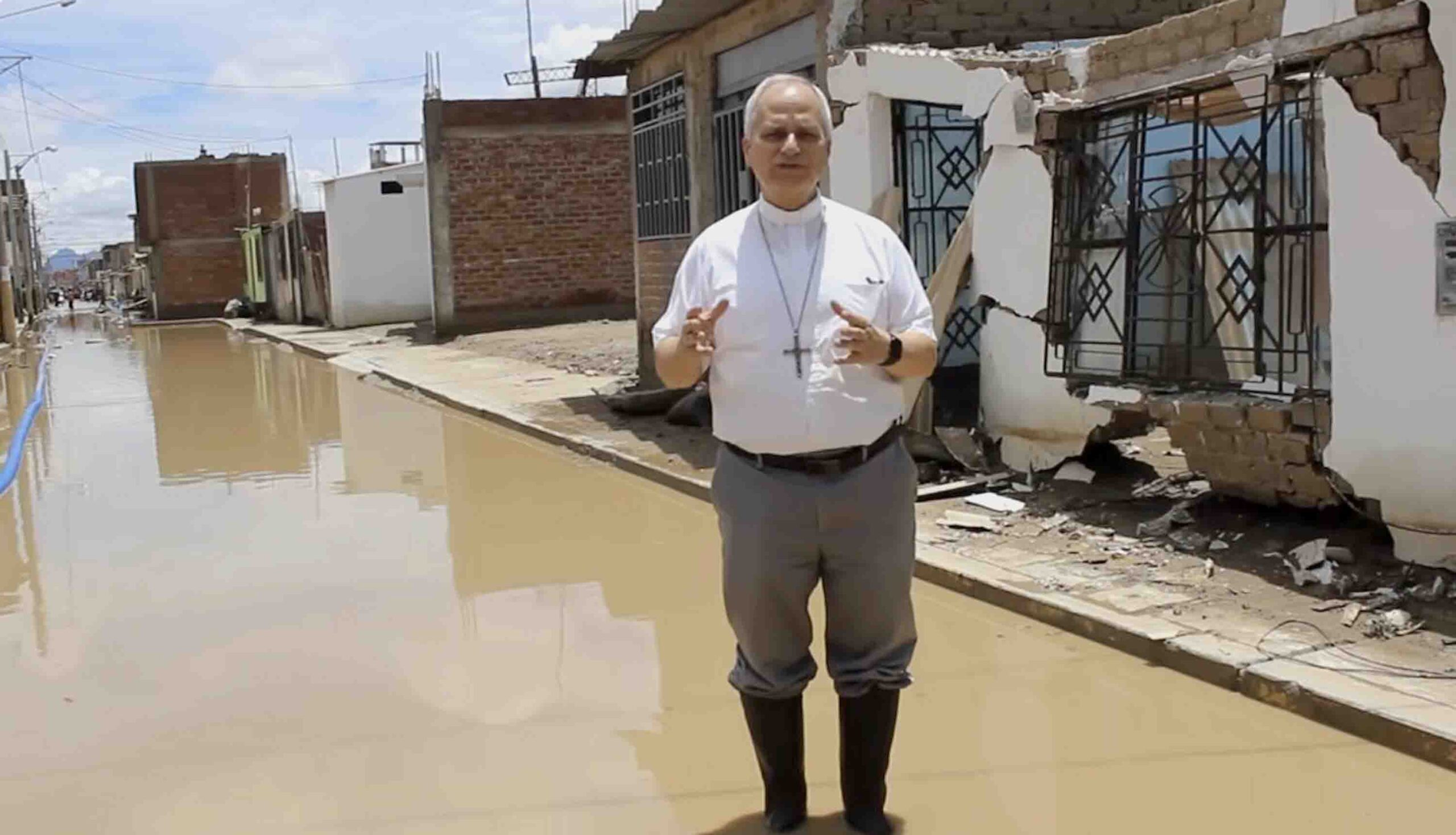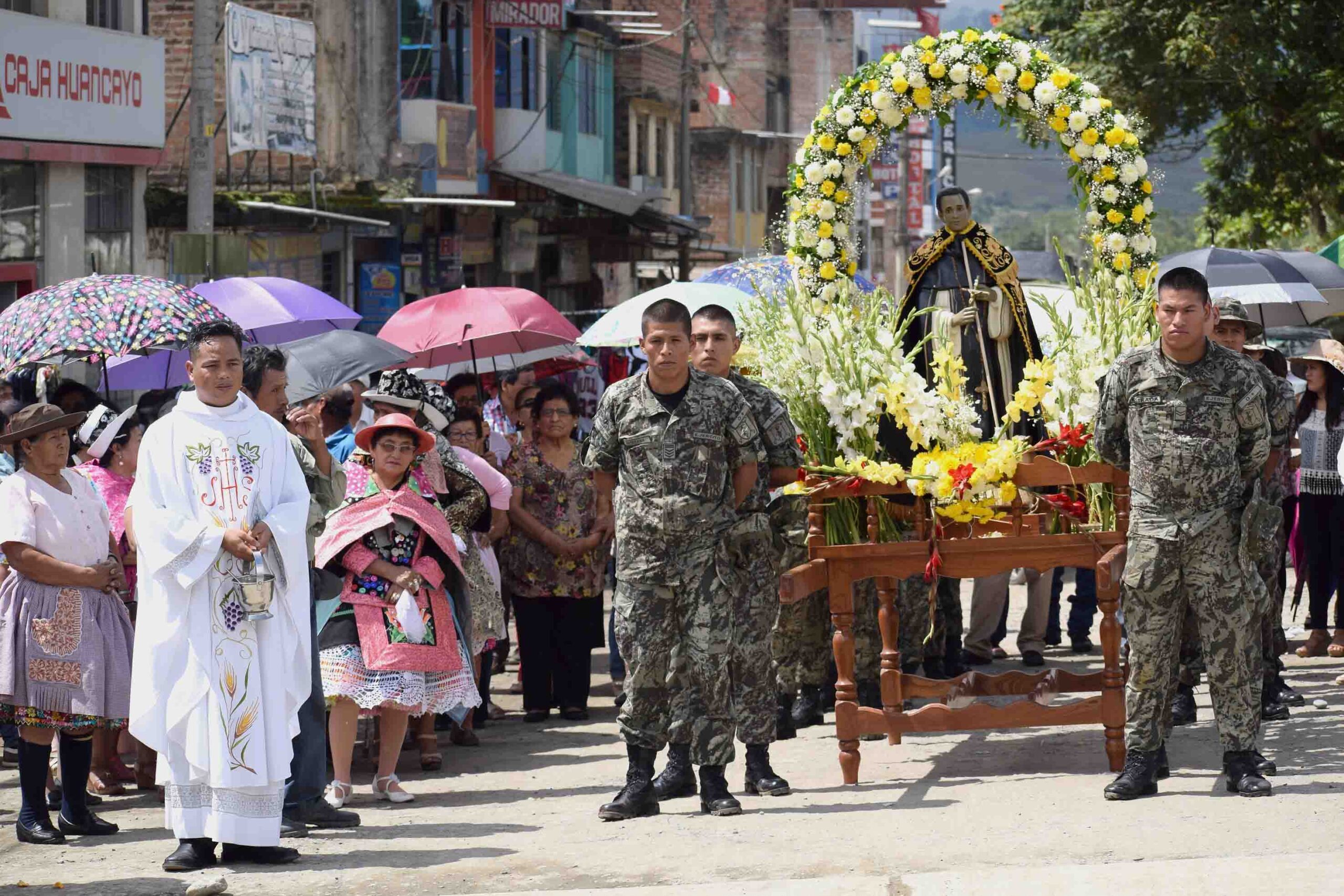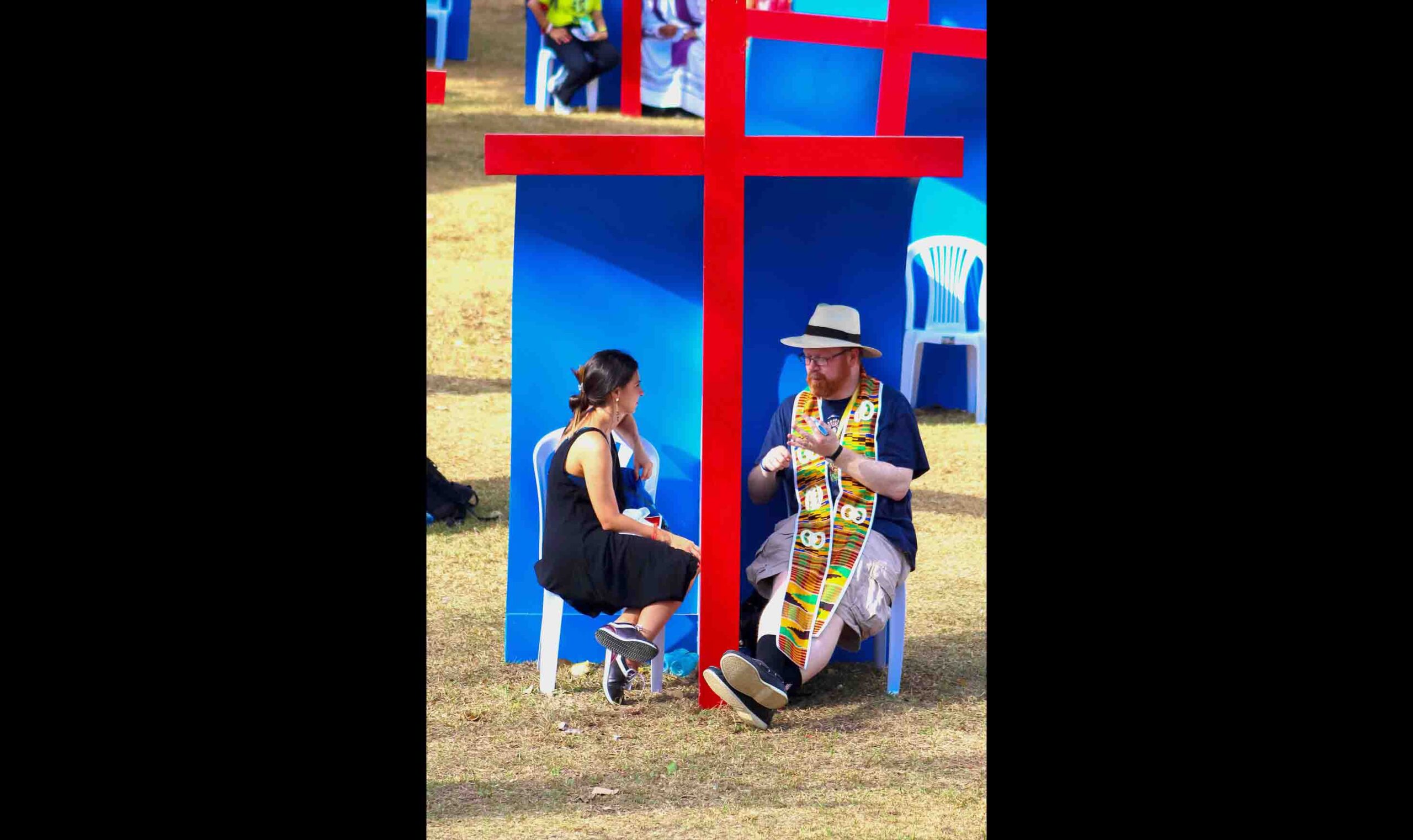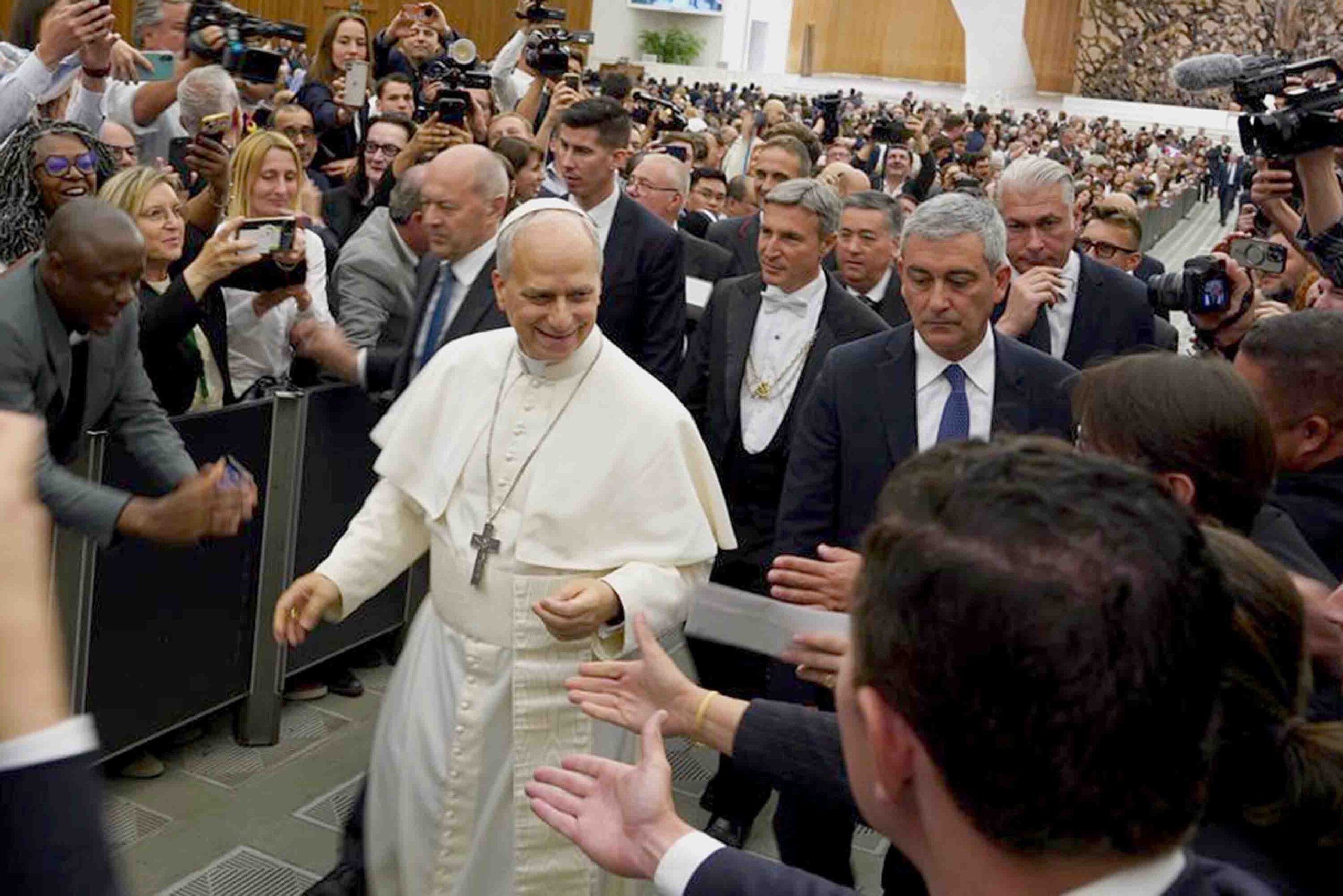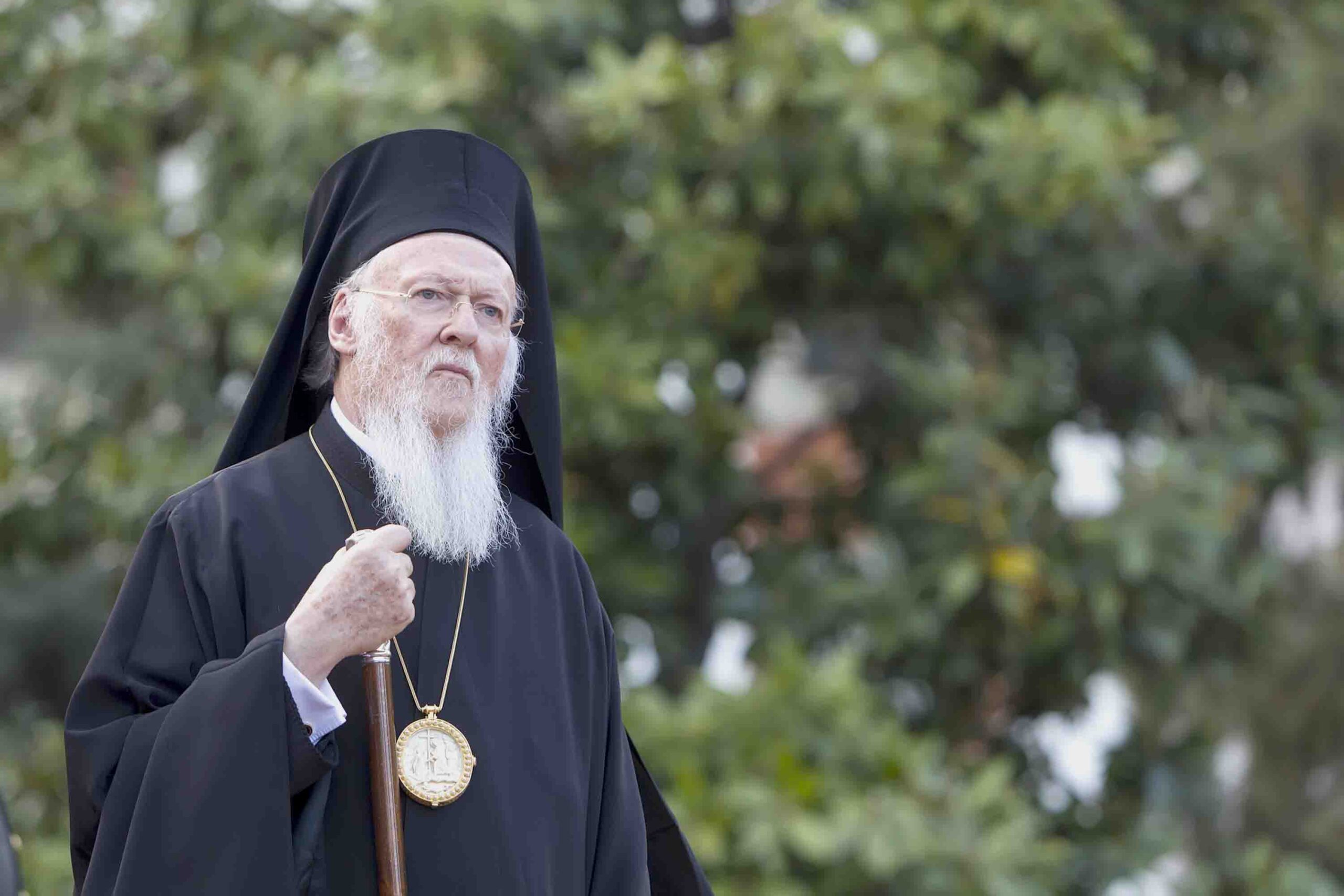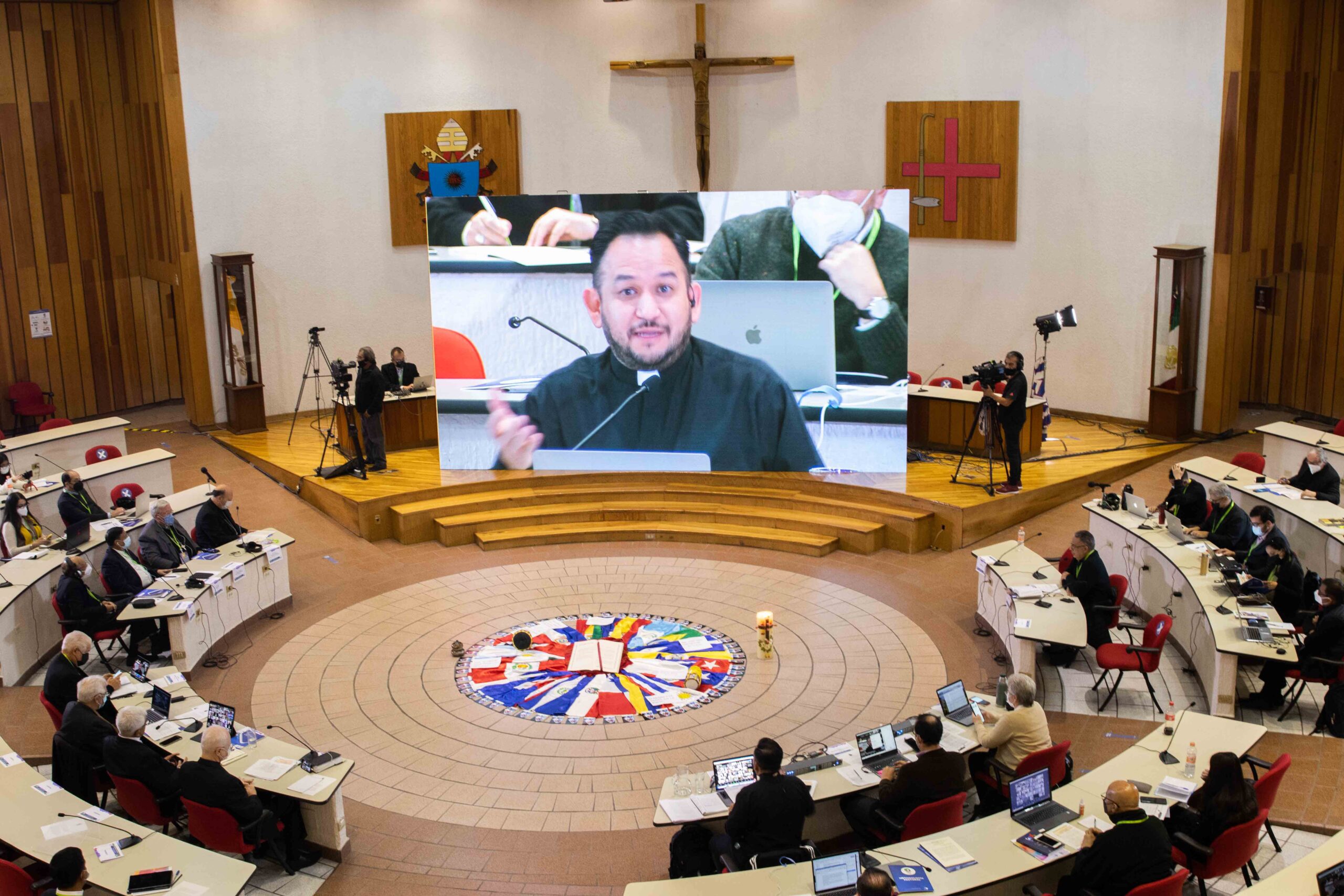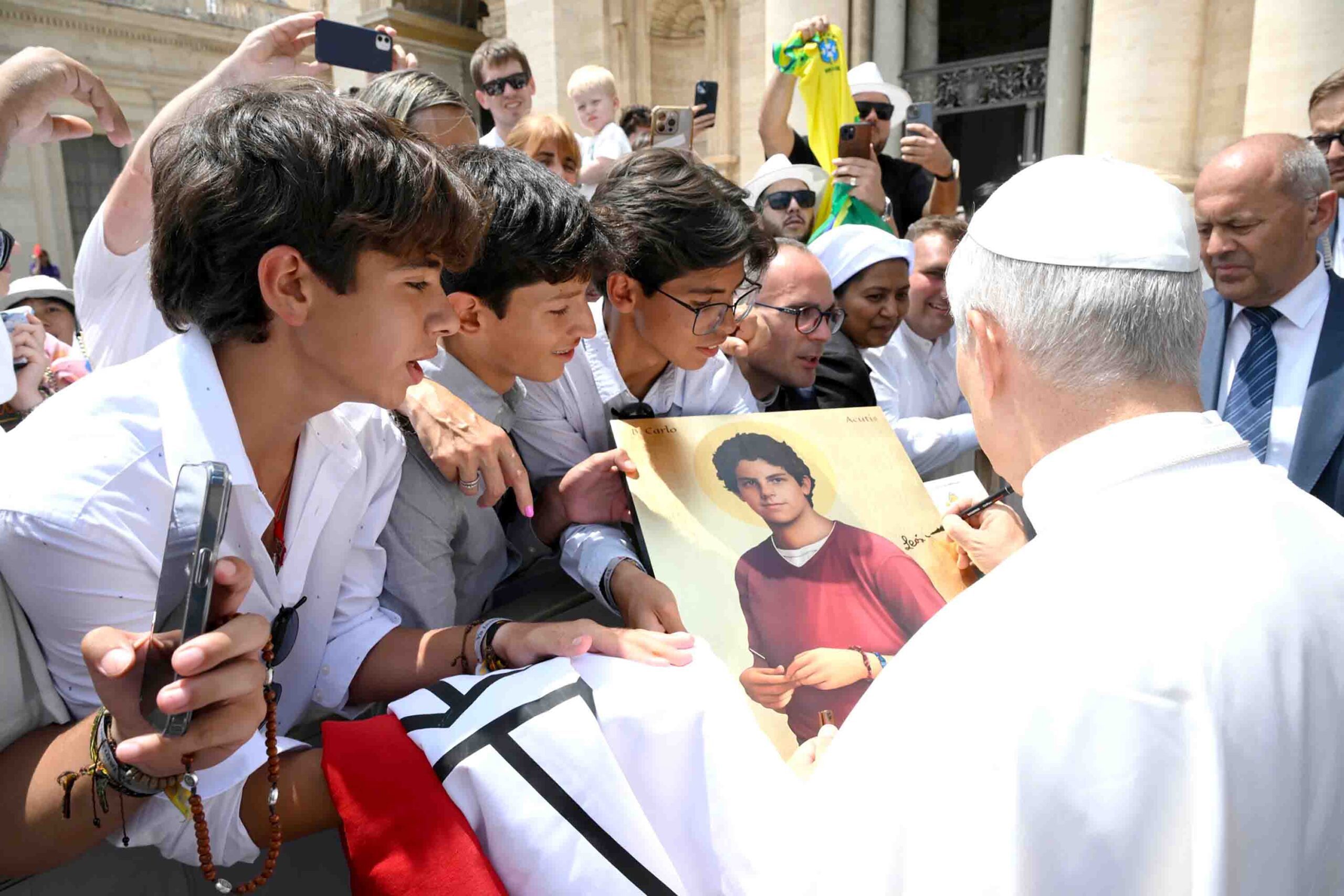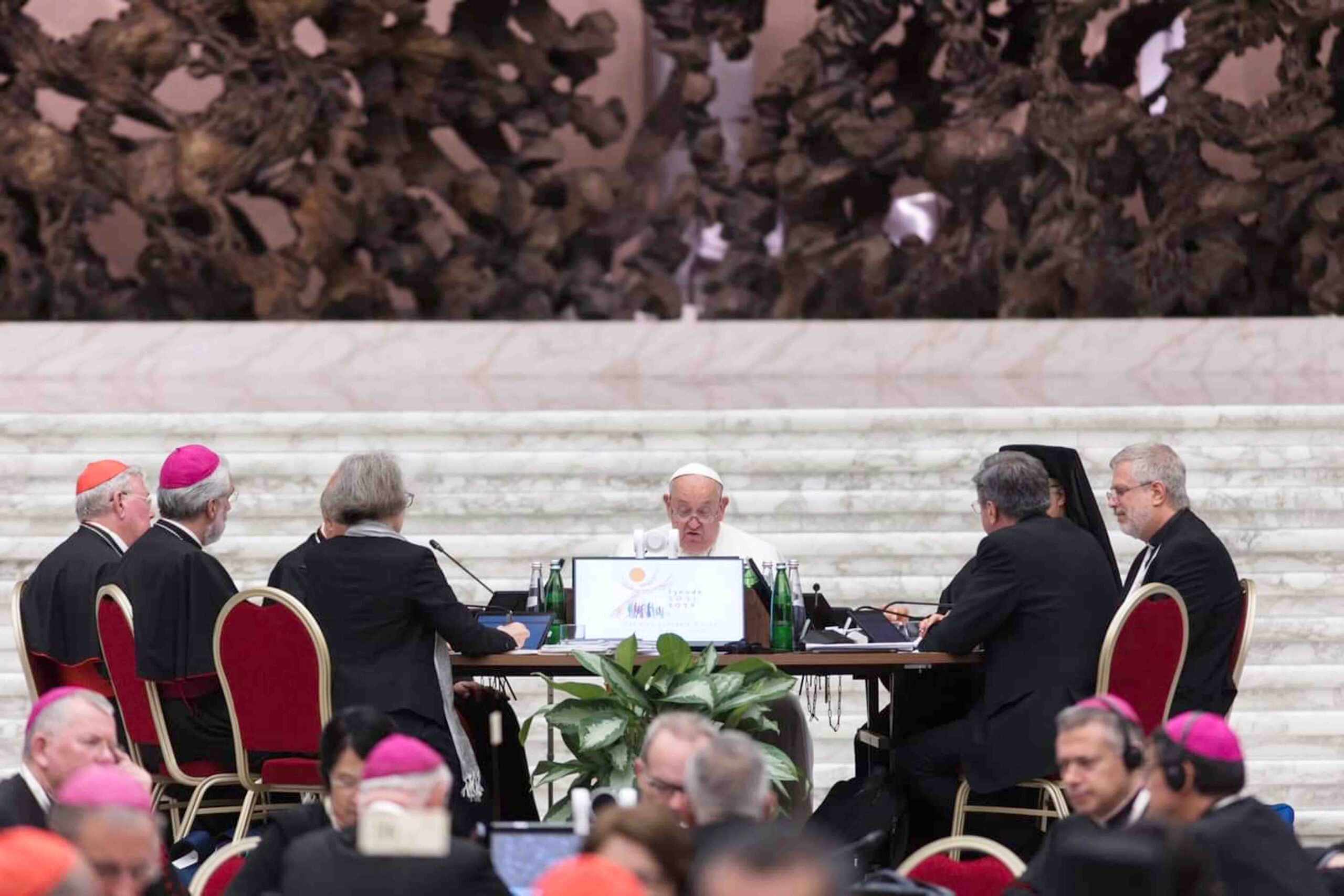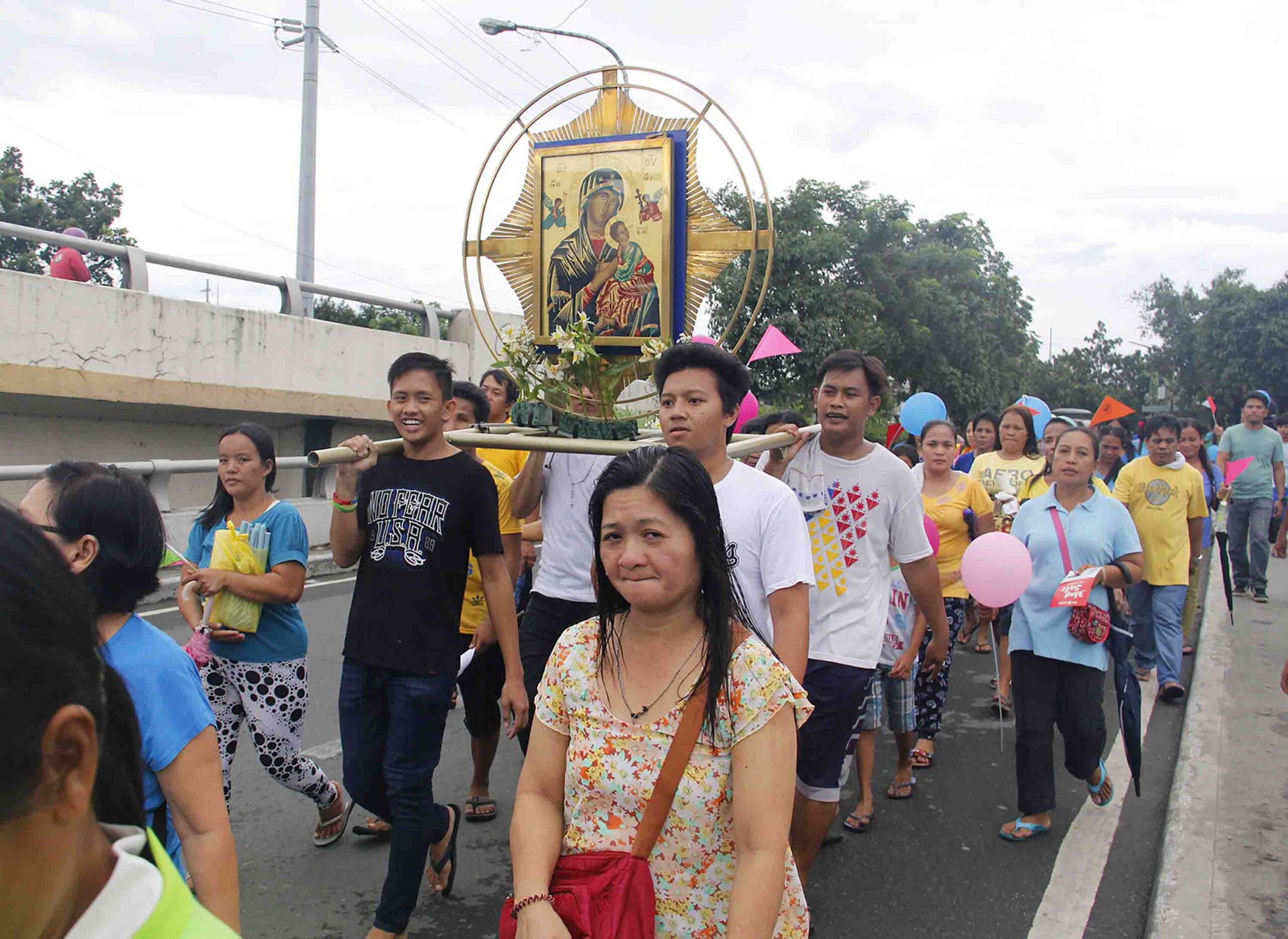Being prophetic has nothing to do with the common undertones of the cliché of “being visionary, predictive, or supernaturally knowing the future.”
Being prophetic is, in fact, being realistic. French theologian M.D. Chenu, OP (1895-1990), explained it when he compared an evangelical prophet with a medical doctor. A prophet, he declared, sees the future, as it were, in a guidepost-directional sense. A prophet is a visionary leader who “is more realistic than a doctor, for he reads into history, and examines the signs of the times on top of the abstract principles.”
The Synod of Bishops (2021-2024) believes that synodality calls the Christian community to be a prophetic community. How? By scrutinizing and interpreting the signs of the times in the light of the Gospel (Gaudium et Spes, 4).
Signa temporum are exigentiis temporum (The signs of the times are also the demands of the times). Given the correct hermeneutics and appropriate discernment, the analysis of exigentiis temporum is directional when the signpost of the past develops into a guidepost for the future. In this sense, to read the signs of the times is prophetic.
PROPHETIC OFFICE
The International Theological Commission (ITC) stressed in its 2014 document Sensus Fidei in the Life of the Church that “all of the baptized participate in the prophetic office of Jesus Christ, ‘the faithful and true witness’ (Revelation, 3:14).”
In this prophetic office, as well as in the priestly and kingly offices, the hierarchy and laity essentially participate in complementarity, co-responsibility, and reciprocity, getting rid of the caricature of an authoritative hierarchy and a passive laity.
It means that the Church’s self-understanding of her prophetic mission drives out the perception of a strict separation between the teaching Church (Ecclesia docens) and the learning Church (Ecclesia discens). It also means that the dynamic relationship between hierarchy and laity, and between primacy and synodality–in complementarity, co-responsibility, and reciprocity–are assurances in the fulfillment of the Church’s mission.
COMMUNION, PARTICIPATION, AND MISSION
The prophetic dimension is the core of the triple synodal characteristics of communion, participation, and mission. This dimension opens the space where the Holy Spirit works and transforms the Church in the most radical way, similar to the first Pentecost.
Most radical way because synodal participation is a universal call for the widest involvement of all who belong to the People of God regardless of ecclesiastical rank or position, each engaging in the exercise of deep and respectful listening to one another. The laity, the consecrated men and women, and the ordained are invited to walk together side by side, all on equal footing.
Participation in the prophetic office is based on one single criterion: that all the faithful are qualified and are called to serve one another through the gifts they have each received from the Holy Spirit in baptism, not in the Holy Orders.
The Synod on Synodality is very clear on this. It says that “calling on the Spirit’s light, the People of God, who participate in the prophetic function of Christ (cf. Lumen Gentium, 12), work to discern the true signs of God’s presence and purpose in the events, needs, and desires, which it shares with the rest of modern humanity” (Final Document, 81).
Synodality enables all the baptized as one communion to be a prophetic voice against the secularist and each-his/her-own culture. A synodal Church can “offer a distinctive contribution to the search for answers to many challenges faced by our contemporary societies in building the common good” (Final Document, 47).
A synodal Church shows the way in participatory listening and dialogue, even with enemies. Her prophetic voice is tantamount to her mission of caring for the vulnerable and marginalized, the migrants, and those whose human dignity is violated, like what is happening in Iraq, Afghanistan, Gaza, many African nations, and the United States.
Contrary to shutting down all means of dialogue, the Church’s voice calls for participatory dialogue and at the same time speaks out against all forms of injustice, often addressing social issues with urgency and clarity to inspire genuine change. It is a prophetic voice that is not afraid to criticize unjust systems and inhuman structures that contradict Christian principles.
A synodal Church enables hope among us, all pilgrims of hope, regardless of rank and social standing. In conclusion, it can be said that when synodality, coupled with some radical Church reforms, was introduced, Pope Francis’ intention was to address the signs and demands of the times, to proclaim the Gospel in the new millennium, and to present a synodal Church as a prophetic voice in today’s world, radiating the light of Christ.
José Mario Bautista Maximiano is the lead convenor of the Love Our Pope Movement (LOPM) and author of the book Church Reforms 3: The Synodal Legacy of Pope Francis (Claretian, 2025). Church Reforms 1 and Church Reforms 2 are available in Lazada and Shopee. Email: jomaximiano@gmail.com



